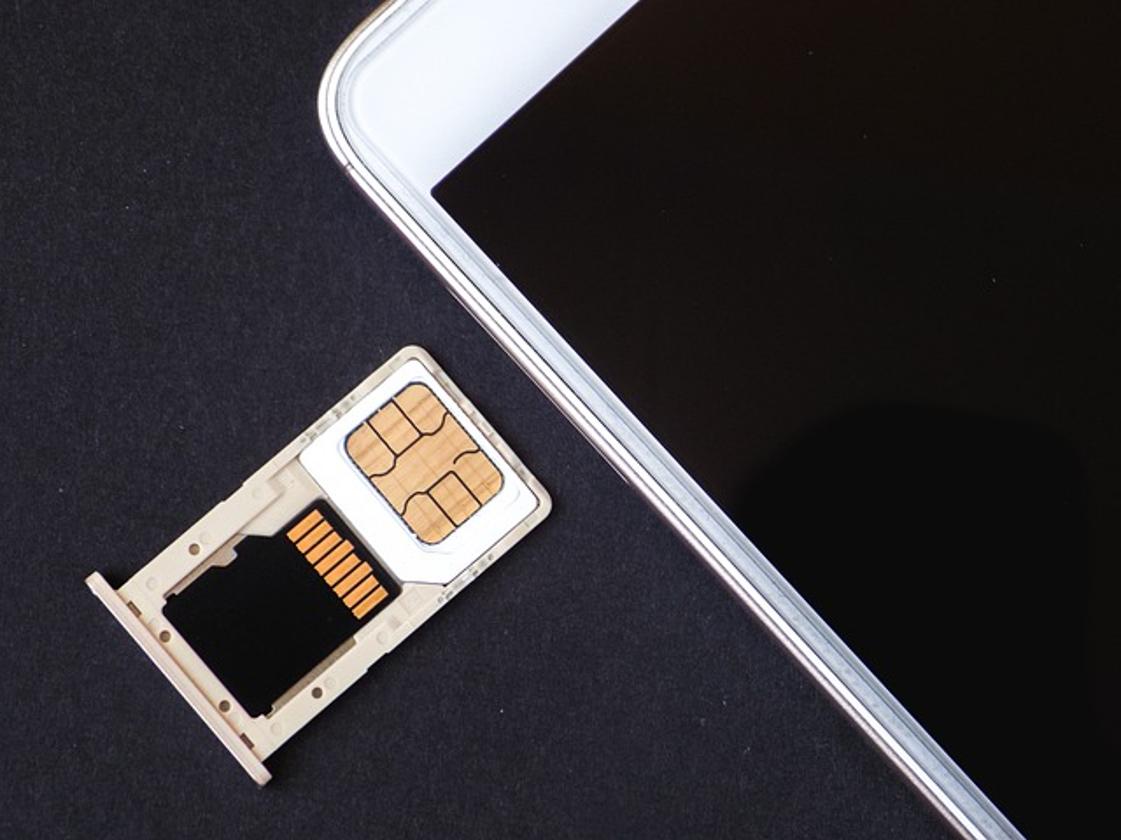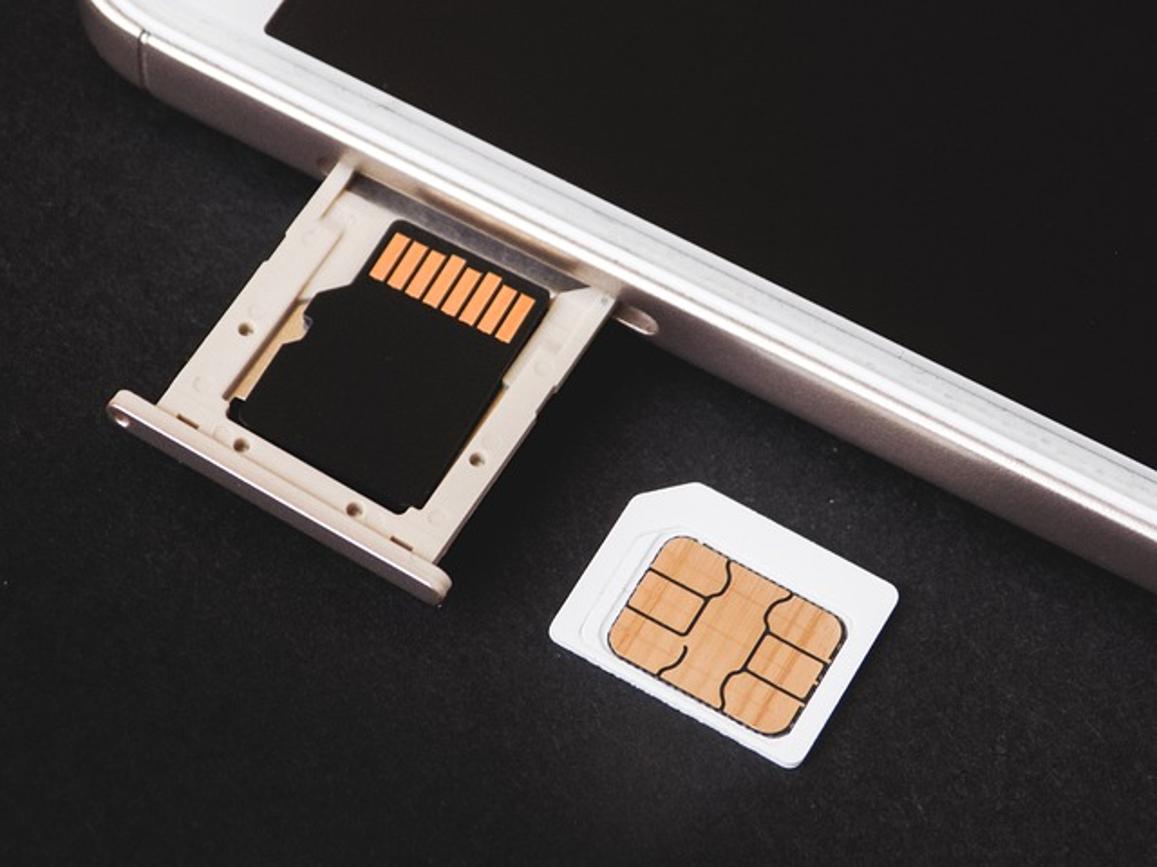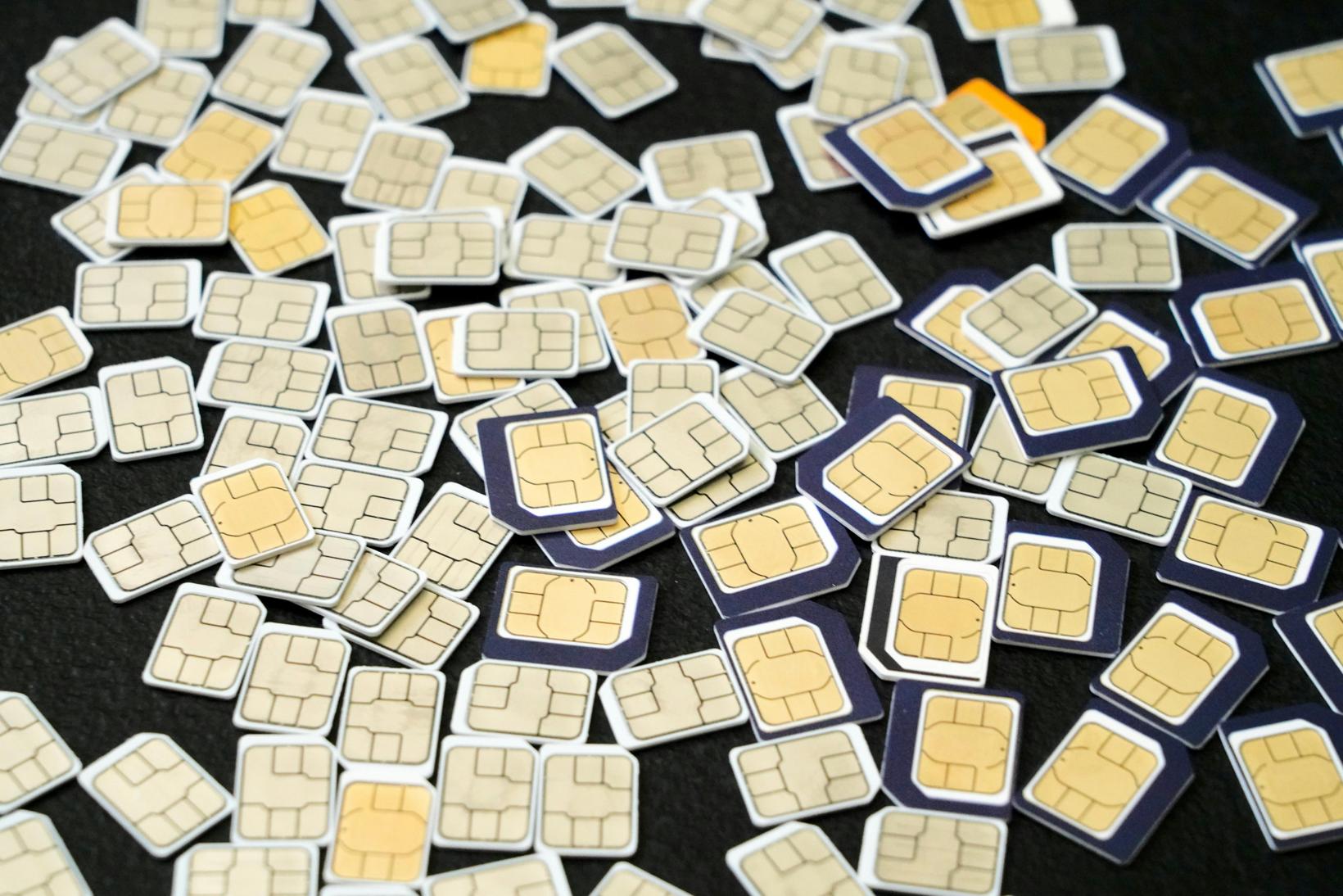SIM Card vs SD Card: Key Differences & Uses
Introduction
When handling mobile devices or digital cameras, two small but essential components often come into play: SIM cards and SD cards. These tiny cards play critical roles in our digital lives, serving completely different functions. Many people still confuse the two or remain unaware of their distinct features and uses. By understanding what each card does and how they differ, you'll be better equipped to make the right choices for your mobile and storage needs.
The purpose of this article is to demystify the differences and uses of SIM cards and SD cards. We'll explore what each card is, how they work, their pros and cons, and ultimately, guide you on which type to use for your specific needs.

What is a SIM Card?
A Subscriber Identity Module (SIM) card is a tiny card inserted into mobile phones. It acts as the key to your cellular network and stores specific data that allows your phone to connect to your carrier's services. Crucial information stored on a SIM card includes your phone number, carrier information, and sometimes even contact lists and text messages.
SIM cards come in different sizes—Standard SIM, Micro SIM, and Nano SIM—each designed to fit various models of mobile phones. However, their function remains the same regardless of size.
Whether you're making a call, sending a text message, or using mobile data, the SIM card is crucial. Without a SIM card, a mobile phone generally cannot connect to a cellular network, although you can still use Wi-Fi-based services.

What is an SD Card?
Secure Digital (SD) cards are used primarily for storage purposes. Unlike SIM cards, which help in connectivity, SD cards focus on storing digital data like photos, videos, music, and documents. They come in various capacities, from a few megabytes to several terabytes, making them an excellent option for expanding the storage capabilities of your devices.
SD cards come in multiple sizes including Standard SD, Mini SD, and Micro SD. Each size is designed to fit different devices from digital cameras to smartphones and tablets.
Furthermore, SD cards are classified by their speed and capacity, which can impact performance, especially in high-definition video recording or rapid sequential photography. Devices with a compatible SD card slot can readily read and write data to these cards, providing a flexible and removable storage solution.

Key Differences Between SIM Cards and SD Cards
Understanding the fundamental differences between SIM cards and SD cards is essential. Here are the primary distinctions:
- Functionality:
- SIM Card: Facilitates mobile network connectivity, enabling calls, texts, and mobile data usage.
-
SD Card: Provides additional storage for files and media, thus freeing up space on the device’s internal memory.
-
Data Storage:
- SIM Card: Stores minimal data related to network services like carrier info and limited contacts.
-
SD Card: Stores extensive digital content such as photos, videos, and music.
-
Design and Sizes:
- SIM Card: Available in Standard, Micro, and Nano sizes.
-
SD Card: Available in Standard SD, Mini SD, and Micro SD sizes, with varying capacities.
-
Usage:
- SIM Card: Essential for mobile device connectivity to cellular networks.
-
SD Card: Optional, but crucial for expanding a device’s storage capacity.
-
Lifespan and Reusability:
- SIM Card: Often stays with a specific phone number and carrier and is not frequently changed unless switching services.
- SD Card: Frequently swapped out or upgraded to larger capacities or faster cards as storage needs grow.
Pros and Cons of SIM Cards
While SIM cards are indispensable for connectivity, they come with both advantages and disadvantages:
Pros:
- Network Access: Provides immediate access to your carrier’s network for calls, texts, and data.
- Portability: Easily transferable to other compatible devices, particularly helpful when switching phones.
- Security: Includes built-in security features like PIN protection, making unauthorized access challenging.
Cons:
- Limited Storage: Can only store minimal data, primarily related to network services.
- Size Compatibility: Different phone models may require different SIM sizes, necessitating adapters or cutting.
- Carrier-Lock: Some SIM cards are network-locked and won't work with other carriers without unlocking.
Pros and Cons of SD Cards
SD cards offer numerous advantages for storage needs but also have limitations:
Pros:
- High Capacity: Options range from a few megabytes up to several terabytes.
- Portability: Easily removable and can be transferred between devices to share and move data quickly.
- Flexible Usage: Used in various devices like cameras, smartphones, and laptops.
Cons:
- Vulnerability: Physical damage or loss can result in data loss.
- Compatibility Issues: Not all devices support SD cards, and some may not support higher capacity cards.
- Speed Variability: Different classes and types have varying read/write speeds, affecting performance.
Choosing the Right Card for Your Needs
Selecting between a SIM card and an SD card boils down to your specific needs. If your primary requirement is mobile connectivity, a SIM card is essential. In contrast, if storage expansion is a priority, an SD card is the way to go.
Evaluate your device's capabilities and limitations, and choose accordingly. Some modern smartphones offer dual-SIM capabilities along with expandable storage, providing the best of both worlds.
Conclusion
Understanding the differences between SIM cards and SD cards can significantly impact how you use your devices. While a SIM card is necessary for cellular connectivity, an SD card expands the storage capacity of your device. Both have their distinct roles, pros, and cons, but knowing when and how to use each can enhance your digital experience.
Frequently Asked Questions
What is the main difference between a SIM card and an SD card?
The main difference lies in their functionality: SIM cards connect your phone to the cellular network, whereas SD cards provide additional storage for digital files.
Can I use a SIM card as an SD card?
No, SIM cards and SD cards serve entirely different purposes and are not interchangeable. SIM cards handle connectivity while SD cards manage storage.
Are there any security risks with SIM cards and SD cards?
Yes, both types of cards have security vulnerabilities. SIM cards can be susceptible to SIM swapping attacks, while SD cards can suffer data corruption or loss if damaged or improperly handled.



